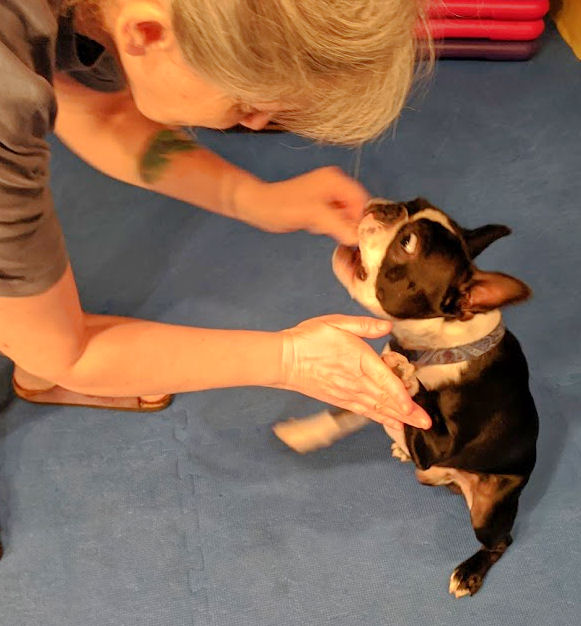This week we are grateful to the people and government of the great state of Ohio for proving that positive reinforcement works.
It wasn’t an experiment, and it wasn’t dogs that proved it. (Although our dogs prove it every day, through our commitment and philosophy.) People respond to positive reinforcement, consciously. It’s a shining example of the power of this method of training.
Deadly serious
If you watched the news this week you know that the rate of vaccination against COVID 19 has been dropping. Officials, both medical and governmental, around the nation have been scrambling for ways to get more people to overcome vaccine hesitancy and roll up their sleeves.
Getting a vaccine so you’ll be protected against a potentially deadly disease sounds like pretty good motivation. But it wasn’t enough.
Protecting your friends, loved ones, and people who you come into contact with is another good reason. Again, not enough.
Being able to ditch the mask, go places, and do things is an excellent reason to get vaccinated. And it still wasn’t enough.
We’d equate it to giving your dog a pat on the head and saying “Good dog!”
What worked
The State of Ohio got creative.
The state is sponsoring five $1 million dollar drawings open to adults getting the first dose of vaccine. Sign-ups increased by 28%.
Ohio is also offering a chance at one of five full-ride scholarships to any in-state college or university for teens age 12-18 getting a first dose of the vaccine. Vaccine sign-ups skyrocketed by 94% among 16 and 17 year-olds in the state. (Here’s the Ohio Department of Health’s release about the success of the program.)
This is positive reinforcement. This is how people react to the possibility of a great reward.
Pay your dog

Yes, your dog loves you and will “work” for you. A pat on the head and “atta boy!” is nice. If you want enthusiastic, eager attention and active learning, pay your dog. The better the reward, the better the response. You’ll find the statistical proof in Ohio.
